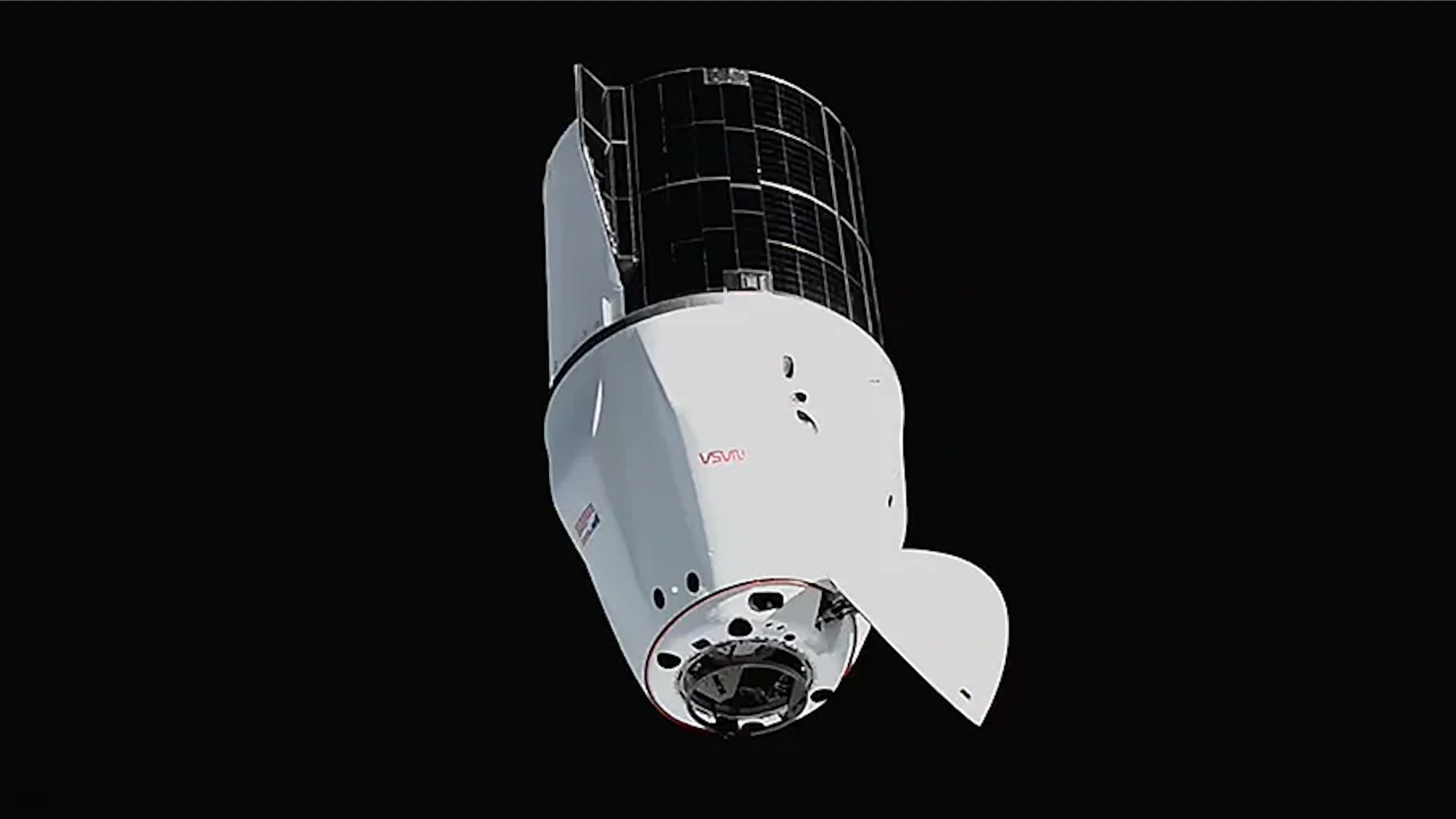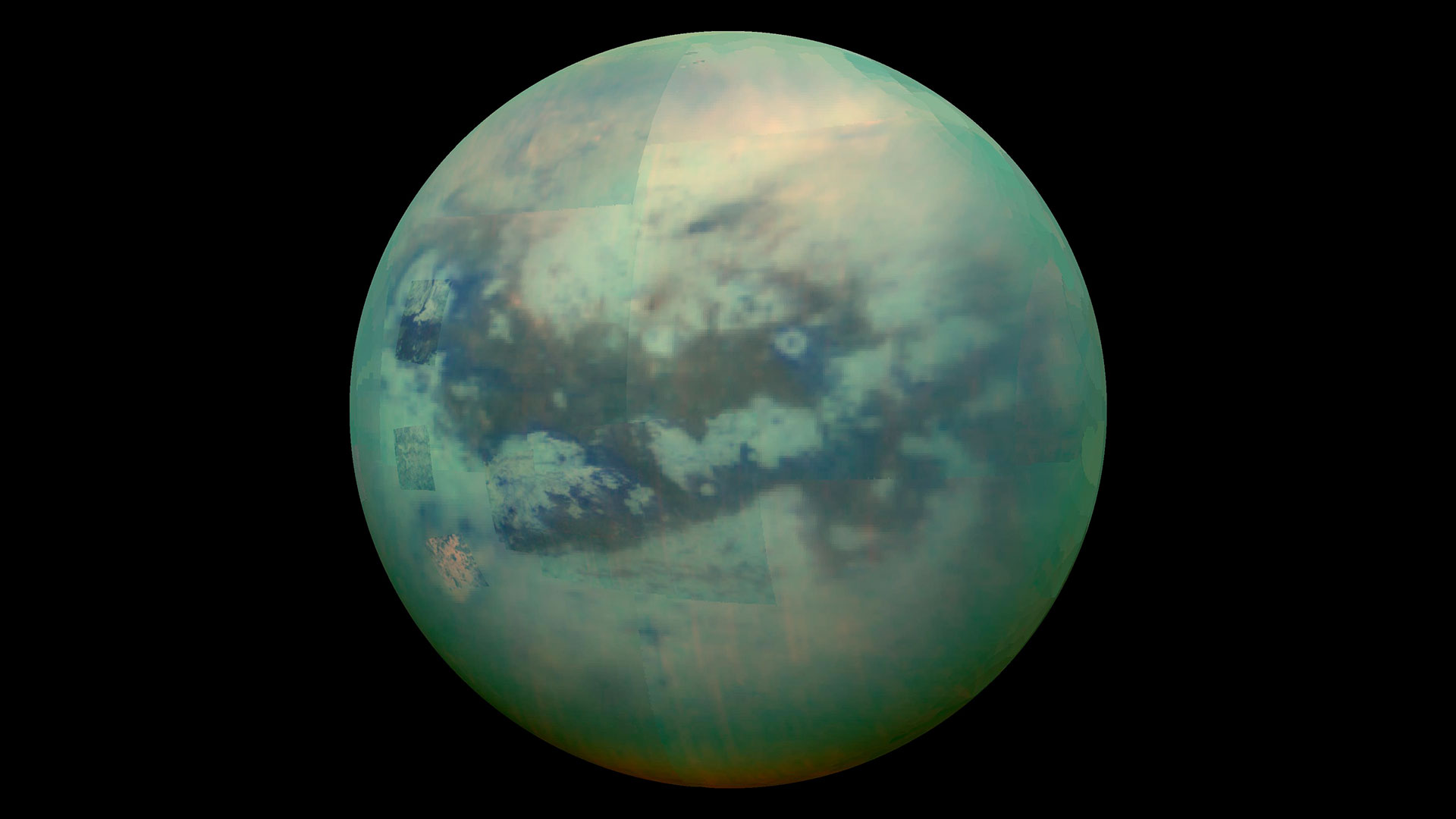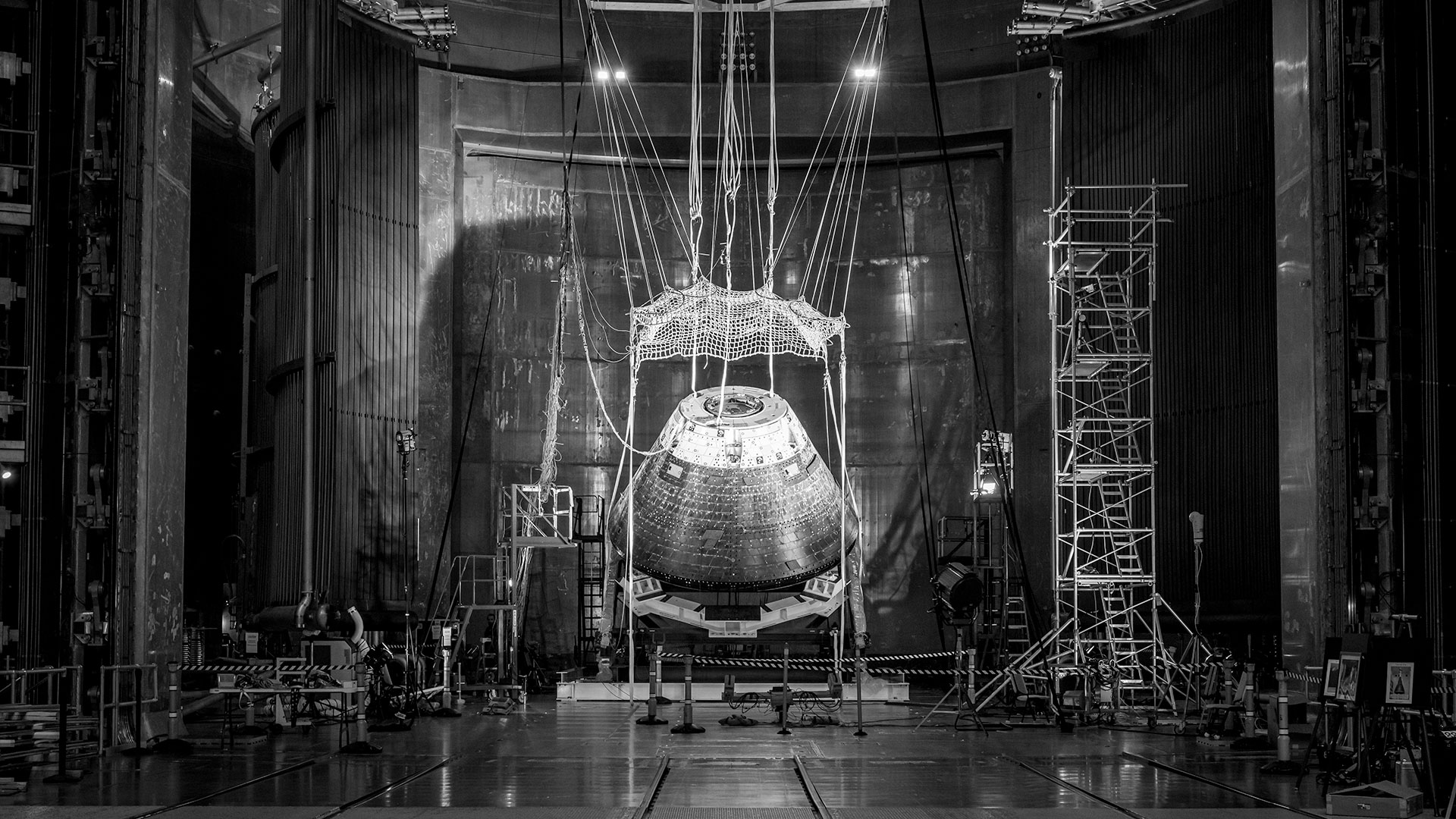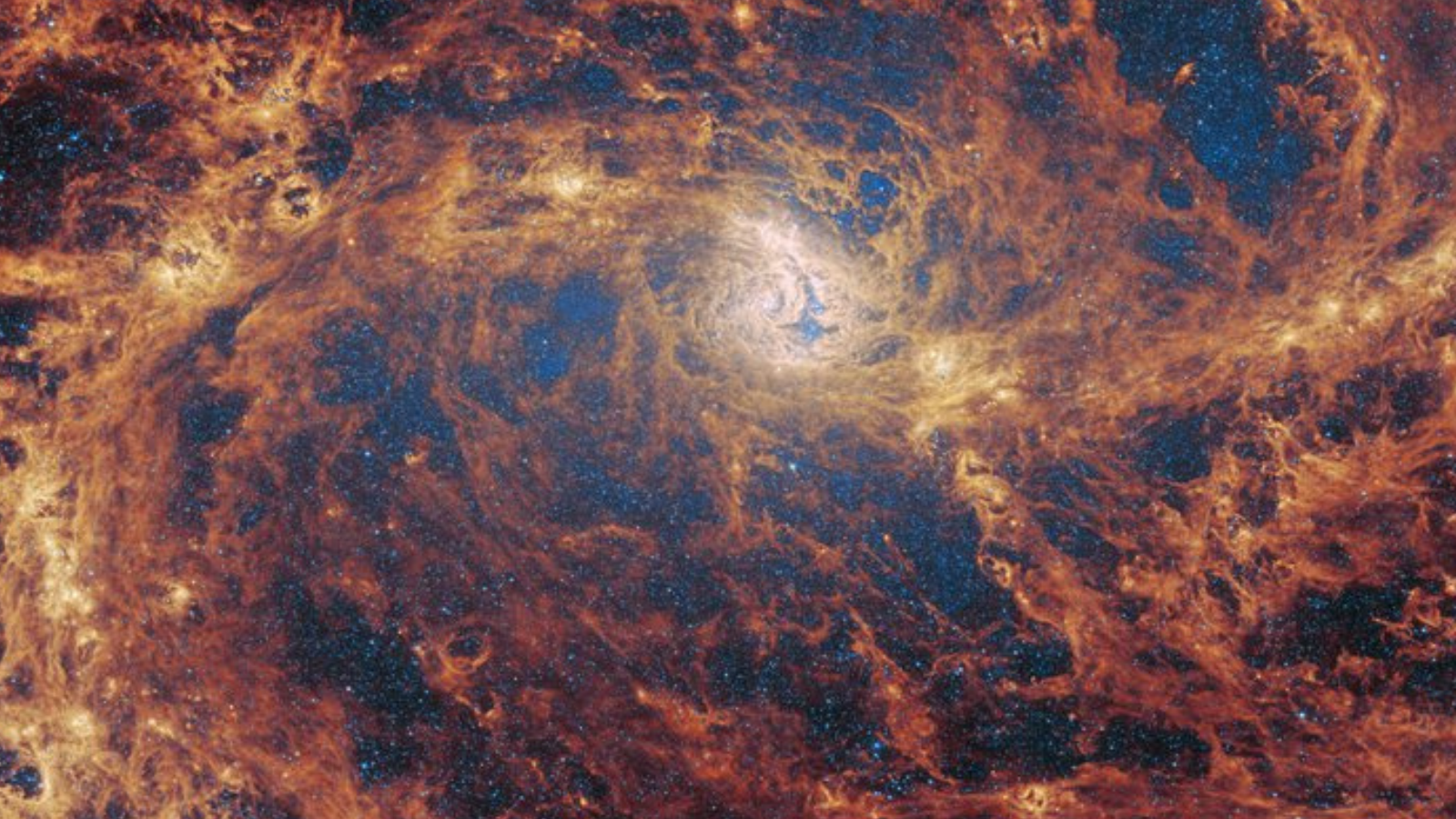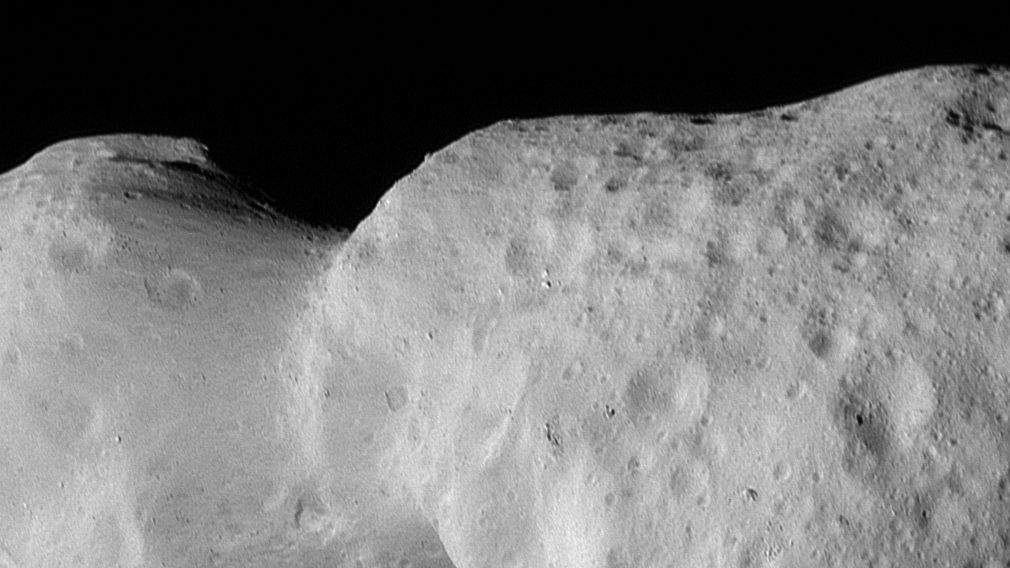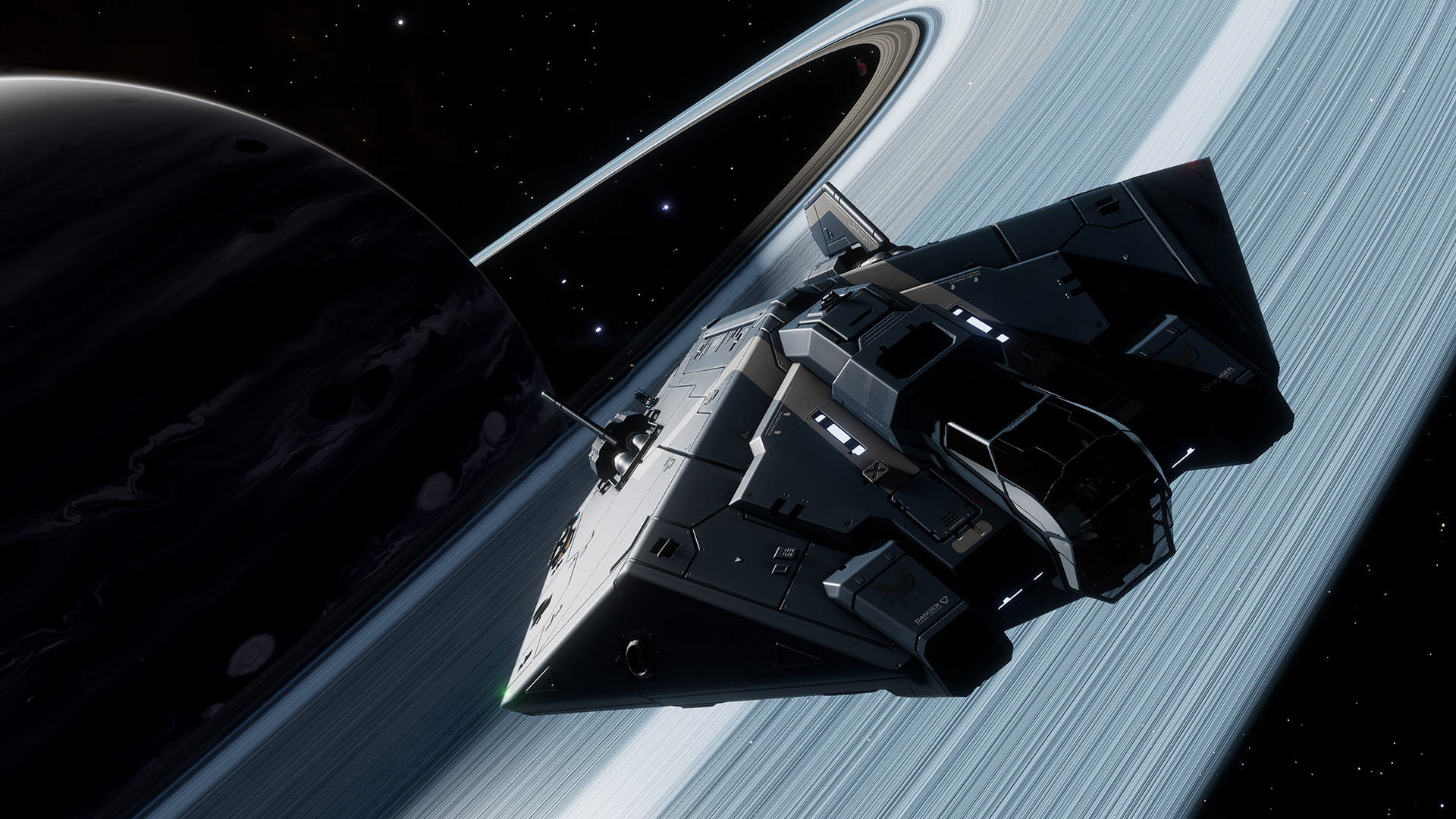Feeding supermassive black holes may have ended the cosmic 'dark ages' billions of years ago
"Finding more supermassive black holes that are potentially hosting jets raises the question as to how these black holes grew so big in such a short timescale."
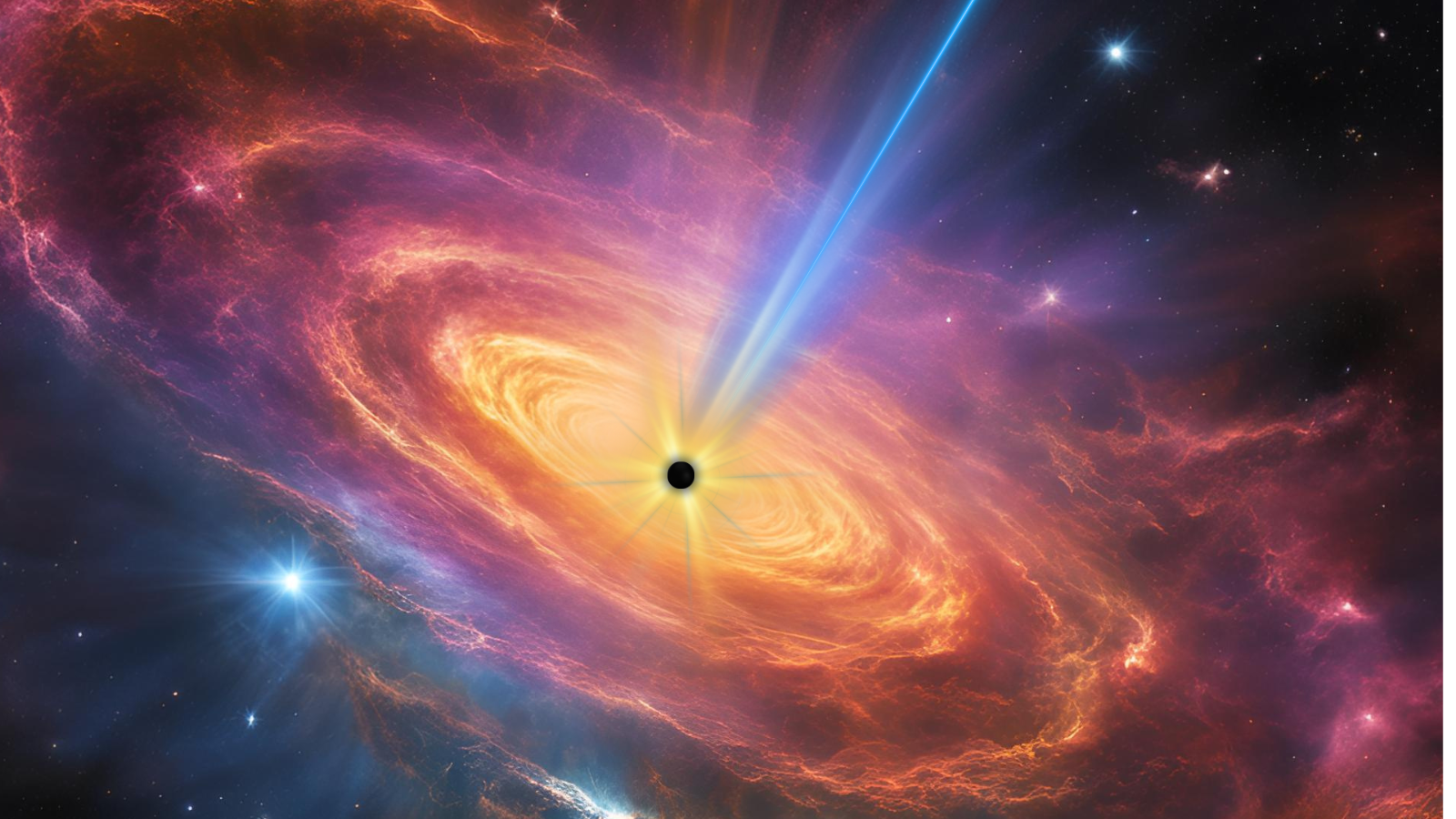
Astronomers have discovered a supermassive black hole-powered quasar that may have helped "turn on the lights" in the early universe
The intense brightening and dimming of this quasar was observed by NASA's NuSTAR (Nuclear Spectroscopic Telescope ARray) X-ray space telescope. NuSTAR's observations were then matched up with data about the same feeding supermassive black hole from NASA's Chandra X-ray space telescope.
The new findings could help explain how the early universe's "dark ages" drew to a close and how black holes rapidly grew to possess masses equivalent to millions or billions of suns so long ago.
Supermassive black holes are theorized to get so big through a chain of mergers involving smaller black holes and by feasting on copious amounts of gas and dust. The problem is that this process is thought to take at least a billion years. This means that supermassive black holes that exist less than one billion years after the Big Bang pose a challenge astronomers would desperately like to solve.
Related: Black holes: Everything you need to know
The newly studied quasar, designated CFHQS J142952+54471 (J1429+5447), is so distant that its light has been traveling to Earth for almost 13 billion years, putting it right at the end of that challenging period.
"In this work, we have discovered that this quasar is very likely to be a supermassive black hole with a jet pointed towards Earth — and we are seeing it in the first billion years of the universe," study team leader Lea Marcotulli, a researcher at Yale University, said in a statement.
Get the Space.com Newsletter
Breaking space news, the latest updates on rocket launches, skywatching events and more!
That timeline means that this supermassive black hole, estimated to have a mass around 200 million times that of the sun, existed in a vital cosmic period known as the "epoch of reionization."
Let there be light...
The cosmic dark ages were a period that existed up until around 1.1 billion years after the Big Bang.
When the universe was around 380,000 years old, it had cooled enough to allow electrons and protons to come together and form atoms. The disappearance of free electrons meant that photons, the fundamental particles of light, were no longer endlessly bounced around and could actually travel long distances.
In other words, the cosmos suddenly went from opaque to transparent. A fossil remnant of this "first light" exists today, in the form of the cosmic microwave background (CMB).
However, as the universe continued to cool, more neutral hydrogen atoms formed and began absorbing photons en masse. This caused the universe to fall dark again, kickstarting the cosmic dark ages.
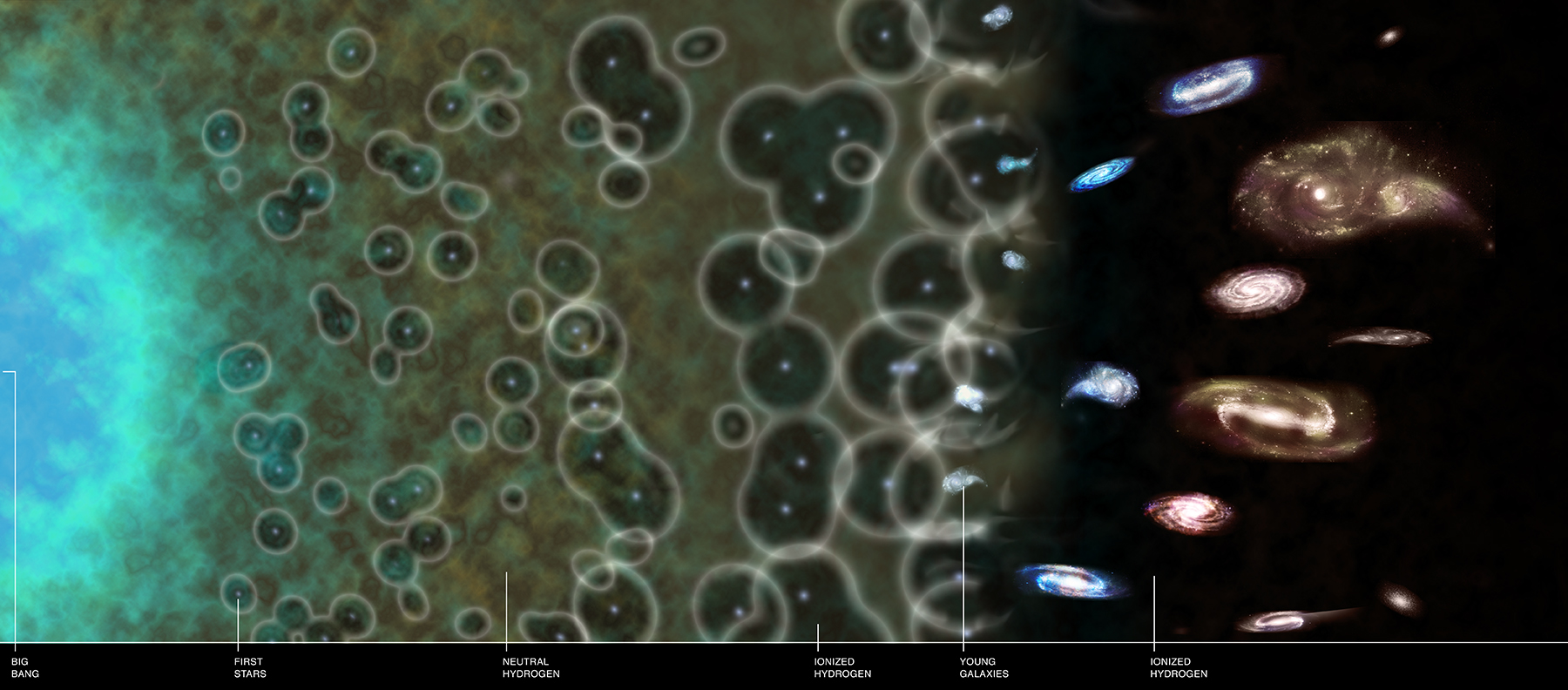
The epoch of reionization describes the period from 680 million years to 1.1 billion years after the Big Bang, during which high-energy light began to strip electrons away from hydrogen ions, allowing light to travel freely once more.
Though ultraviolet light from the first stars is believed to have been key to the reionization process, scientists have long suspected other sources of high-energy light must have been at work, too.
That's where early quasars enter the picture.
"The epoch of reionization is considered the end of the universe’s dark ages," study team member and Chandra X-Ray Center scientist Thomas Connor said. "The precise timeline and source class responsible for reionization are still debated, and actively accreting supermassive black holes are one proposed culprit."
Quasars clear the early cosmic fog
Quasars are seen where supermassive black holes are ravenously feeding on matter around them.
These supermassive black holes generate tremendous friction in the flattened clouds of material, known as accretion disks, that gradually feed them. Additionally, matter that isn't fed to the black hole is channeled to its poles, from where it is blasted out as near-light-speed jets.
That makes quasars like J1429+5447 often brighter than the combined light of every star in the galaxies that surround them across the electromagnetic spectrum.
As such, not only are they the ideal sources to investigate the end of the cosmic dark ages, but they are also prime suspects in the hunt for this all-important universal phase change, possibly providing the energy to ionize neutral hydrogen.
Connor and colleagues compared observations of J1429+5447 made with NuSTAR to observations of the same quasar conducted by Chandra.
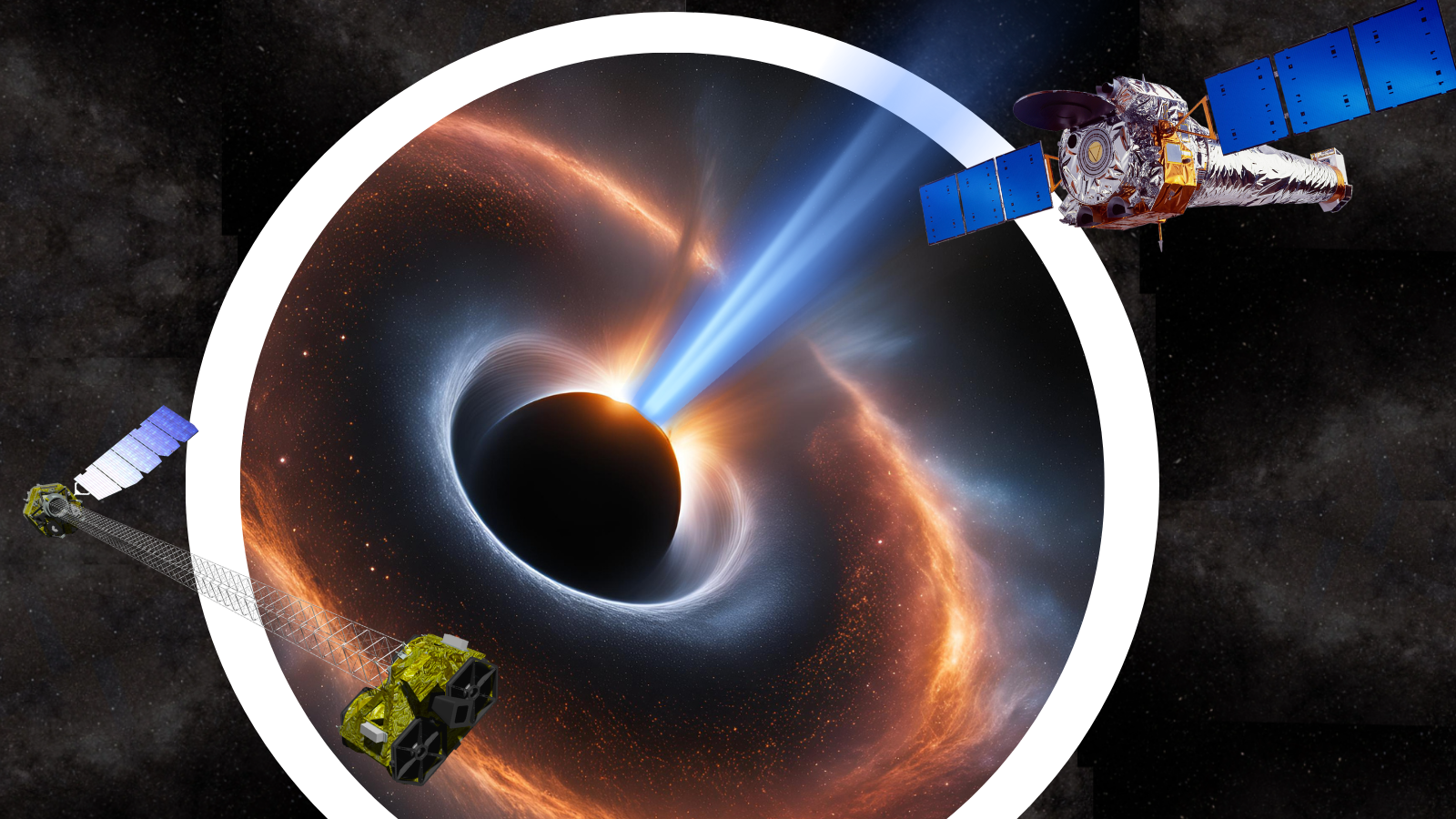
The researchers found that J1429+5447's X-ray emissions doubled over the period of four months. While this is already an incredibly short time on cosmic terms in a universe that is 165.6 billion months old, the time-distorting effect of relativity means the four months of changes for this quasar were compressed into only two weeks for this early supermassive black hole.
"Because the jet moves at nearly the speed of light, effects of Einstein’s theory of special relativity speed up and amplify the variability," team member Meg Urry from Yale’s Faculty of Arts and Sciences explained. "This level of X-ray variability, in terms of intensity and rapidity, is extreme. It is almost certainly explained by a jet pointing toward us — a cone in which particles are transported up to a million light-years away from the central, supermassive black hole."
Not only could this observation help scientists decode the secrets of reionization, but it could be the key to uncovering more early supermassive black holes and discovering how they grew so large.
"Finding more supermassive black holes that are potentially hosting jets raises the question as to how these black holes grew so big in such a short timescale and what the connection may be to jet-triggering mechanisms," Marcotulli concluded.
The team presented their work at the 245th meeting of the American Astronomical Society in National Harbor, Maryland, on Tuesday (Jan. 14). Their study was published on the same day in the Astrophysical Journal Letters.
Join our Space Forums to keep talking space on the latest missions, night sky and more! And if you have a news tip, correction or comment, let us know at: community@space.com.

Robert Lea is a science journalist in the U.K. whose articles have been published in Physics World, New Scientist, Astronomy Magazine, All About Space, Newsweek and ZME Science. He also writes about science communication for Elsevier and the European Journal of Physics. Rob holds a bachelor of science degree in physics and astronomy from the U.K.’s Open University. Follow him on Twitter @sciencef1rst.
-
Unclear Engineer There are a few things I would like to see some cosmology expert explain better:Reply
The article says that photons could not travel freely across the universe until its matter had cooled enough for protons and electrons to form monatomic hydrogen atoms, because free electrons absorb photons. That is when the Cosmic Microwave Background Radiation was supposedly released as much shorter wavelength photon radiation. But, this CMBR appears to have a "black body" wavelength spectrum instead of a spectrum indicative of electrons changing orbitals in hydrogen atoms. With further cooling, monatomic hydrogen atoms are theorized to have combined into diatomic hydrogen molecules, which are theorized to have started absorbing photons, again, so that everything in the universe was shrouded by diatomic hydrogen. Then stars of black holes formed and started emitting ultraviolet radiation that once again broke apart the diatomic hydrogen into monatomic hydrogen and then stripped the electrons off the protons of the hydrogen atoms to once again form free electrons and free protons. But, in this new period of ionization, the universe is "transparent" because most of the hydrogen ions are gathered into galaxies, so their density in intergalactic space is much less than it was when the same material supposedly made the universe opaque, before the CMBR was released.
My questions are:
1. Can somebody provide a more detailed discussion of how the CMBR photons were not absorbed during the "dark ages" that followed its release?
2. Can somebody provide a better explanation of why the same amount of matter that was making the whole universe opaque while it was 1100 times smaller than it is today, is not making galaxies opaque to us now (or 13 billion years ago), when it is apparently concentrated into galaxies that have, on average similar densities ?
3. Can somebody explain to me why atoms that were in a universe where "space expanded" by a factor of 1000 or so still have the same energy levels for their electron orbital transfers before and after expansion? Does the space inside atoms not expand? For that matter, do electrons and protons not expand? If not, why not? The theories assume that the "fields" they exist in do expand, which is what the theories say gives us redshift.


